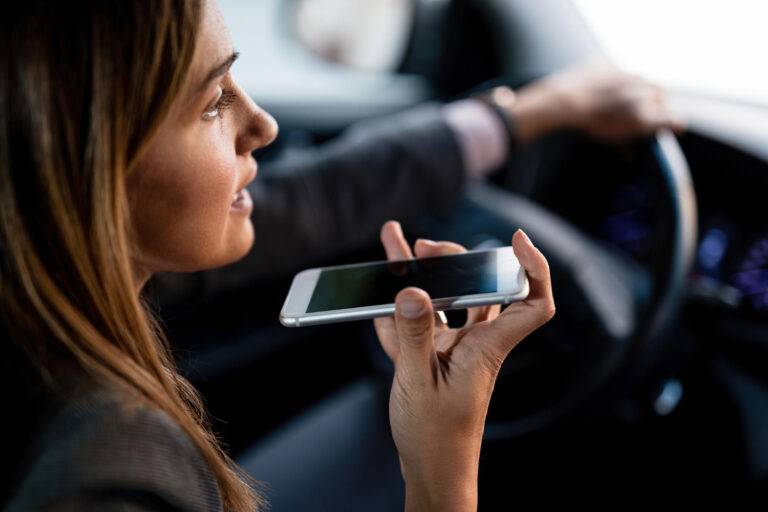
There’s nothing worse than being ready to head out—and your car won’t start. No warning, no clues, just… nothing. Don’t panic. I’ve been a mechanic for over 20 years, and I can tell you: this happens to everyone. Whether it’s an old beater or a fancy SUV, cars throw tantrums now and then. This guide will help you figure out what’s going on, what you can try yourself, and when it’s time to call in a pro.
Let’s walk through it, step-by-step—no fluff, just honest advice that works.
I once had a customer call me at 6:00 AM, convinced her engine had blown up. She was nearly in tears. When I got there, the culprit? A dead battery. Nothing more. She was embarrassed, but she didn’t need to be. Cars today are complicated, and when they don’t start, it can feel overwhelming.
The good news: Most of the time, the problem is something simple.
You turn the key (or push the button)… and nothing. No clicks, no dashboard lights, just dead silence. This usually means one of two things:
I always tell folks: pop the hood and give those battery cables a jiggle. I once had a guy tow his car to my shop just to find out the cable had slipped off the terminal. Five-second fix. He wasn’t thrilled, but he never forgot it.
If you hear a rapid clicking sound when you turn the key, that’s your starter solenoid trying to do its job—but not getting enough power. This almost always means:
Corrosion builds up fast on battery terminals. I’ve seen it so bad that it looked like the car had a snow cone machine under the hood.
If the engine turns over but doesn’t catch, the issue is probably with fuel delivery or ignition. That means:
These are more technical problems, but we’ll cover how to spot them.
When you first try to start the car, check the dash lights closely. They often offer the first clue.
One time a customer couldn’t start her car after using her spare key. Turns out the chip inside was damaged, so the anti-theft system shut everything down. A new key solved the issue instantly.
Here are a few easy things you can try before calling a tow truck or mechanic:
If the steering wheel is locked hard to one side, the ignition might be jammed. Wiggle it gently while turning the key—this works more often than you’d think.
For automatic transmissions, try shifting to neutral and then starting. I’ve seen bad gear selector sensors block ignition before—this trick sometimes bypasses it.
If you have jumper cables and a friend nearby, give the car a jump. Make sure the clamps are tight and connected correctly:
Let it charge for a few minutes before starting.
⚠️ Important: If your car dies again after being jumped, you likely have a bad alternator, not just a weak battery.
If there’s white or green crusty buildup on the terminals, clean them off with baking soda and water, and use a wire brush or even a toothbrush. Just disconnect the battery first—always remove the negative cable first.
If none of the above works, it’s time to call in a pro. Some signs that you’re not going to fix it in your driveway:
I’ve had customers try to keep jumpstarting a car with a bad alternator until it eventually stranded them in a much worse spot. Trust your gut—if it doesn’t feel right, get it towed.
Here’s what you might be dealing with, and roughly what it costs to fix:
| Problem | Estimated Cost (Parts + Labor) |
|---|---|
| Dead Battery | $100 – $250 |
| Corroded Battery Cables | $50 – $150 |
| Bad Starter Motor | $300 – $600 |
| Faulty Ignition Coil | $150 – $400 |
| Failed Fuel Pump | $400 – $1,000 |
| Crankshaft Position Sensor | $100 – $300 |
Note: Prices vary by vehicle and location.
If you’re Googling “car won’t start mechanic near me” or “mobile diagnostics near me,” make sure you read reviews and ask for a rough quote over the phone.
Here’s the truth: most no-start situations aren’t a death sentence for your car. I’ve seen people get stranded because of something as small as a loose wire. If you stay calm, work through the basics, and know when to call a mechanic, you’ll be back on the road faster than you think.
Pro tip: Keep a small tool kit, jumper cables, and an emergency checklist in your glovebox. You’ll thank yourself later.
Still can’t get your car started? Bring it to Kingdom Autocare or schedule a service—our expert mechanics will get you moving again, fast and affordably.
